Dog Training Tips: 22 Great Ideas To Help You Train Your Lab
Training your dog should be fun! But it can also be quite challenging. Especially if your dog is young, bouncy and strong! I’ve selected some helpful tips for you below. I’d like to help as many people as I can and so I’ve also set up regular tips by email which will answer many of your questions.
[thrive_leads id=’27481′]
You can get those by dropping your email in the box above. If you join you’ll get one or two emails a week and can unsubscribe easily at any time.
Okay! Now for some tips you can start working on right away. Sometimes the simplest tip can make the biggest difference to the pleasure you get from training your dog. Here are some of my favorites, together with a few important rules that will help you have more fun with your Labrador.
#1 Build a dog training habit
Training a dog takes time and needs to be done regularly. Like any other demand on your time, you are most likely to stick with it, if you make your dog training sessions a daily habit. Habits are hard to make, but hard to break. So making good habits is always worthwhile.
Motivating yourself
Pick a time to start when your motivation is high! A New Year, a new month, a birthday.. these are often powerful motivators for us. Rewarding your dog is good, but you need to reward yourself after each training session too – spend five minutes doing something YOU really enjoy.
#2 Getting started
Link your dog training sessions to something else you do every day. Sessions don’t need to be long, especially in the beginning. Getting the habit going should be your priority. And experts reckon it takes from 30 to 60 days of daily commitment to get a habit well established. Five minutes training after the school run each day, or when you get home from work, will work wonders if you do it religiously every day.
Later, when the habit is well established you can skip a day if you need to, or train for longer if you want to. But in the beginning, aim for short sessions every day.
#3 Choose the right rewards
Choosing the right treat for the skill you are training today, is critical. And your ability to make the right choice will improve with practice. The most important factors which will influence your choice will be:
• Preference
• Distractions
• Hunger
Each of these factors work together and against each other. If your dog prefers roast chicken to sausage, you may still find training with sausage is effective, until you increase the distractions around him. Then you may need to switch to chicken for a while. Unless of course he is very hungry indeed, in which case sausage may work just fine!
Special or unusual foods often make better training treats. If your dog gets kibble for every meal, kibble is not going to cut the mustard. Not unless he hasn’t eaten for 48 hours. While it makes sense not to try and train a dog that has just ‘stuffed his face’ we don’t want to starve our dogs. So when distractions are increased, we may need to offer better treats for a while.
#4 Learn to use an event marker
An event marker is one of the most useful dog training tools you will ever possess. This is because it is so easy to reward the dog at the wrong time and reinforce the wrong behavior, and an event marker avoids this problem completely. Your event marker makes a distinctive sound that lets the dog know exactly what the reward is for. The most common event marker is a clicker, but you can also use a word.
Using an event marker is a skill. It does not come naturally and you will need to improve your timing and co-ordination. You can practice by watching a TV programme and ‘marking’ a specific type of behavior, such as an arm lift or a smile. Practice on your kids, or your cat!
Just don’t use it around your dog, until you have mastered the skill of clicking when you observe a change in behavior, with a reasonable level of competence. It won’t take you long, and you will continue to improve after you have started training your dog.
#5 Start easy
It ought to go without saying that easy tasks need to be learned before hard ones. The reason many people fail with this, is because they don’t realize what is easy for a dog and what is hard. It’s common for people to think a dog is being naughty if he obeys the word sit in your back yard, but won’t obey the word sit at the dog park. The truth of course is that sit is much harder for your dog where there are distractions.
The right short term goal is one that stretches your dog just a little, but that is attainable within a training session or two.
#6 Pick the right goals for your dog
Modern dog training methods focus on training good behaviors IN rather than training bad behaviors OUT. Thus we train dogs to SIT to be petted rather than trying to STOP them jumping up. This makes sense because there are often many different ways for a dog to be bad, and usually just one way for him to be good.
Whatever you are trying to teach make it easy for yourself and figure out what that ONE way is. Decide what you want the dog TO DO, not which of the many alternatives you don’t want him to do.
#7 Sandwich the hard stuff!
Sandwiches are very important in dog training, though maybe not the sort of sandwiches you had in mind. Memory is a funny thing. We tend to remember things best if they happened at the beginning or the end of a particular event or time period. Sandwiches can help you to keep your labrador’s confidence high, whilst ‘stretching’ him just a little bit more each time you train. And no, we are not talking about edible sandwiches here! This is about sandwiching the hard tasks between two easy ones.
Each time you challenge your dog, it is a really good idea to ‘sandwich’ the most challenging or stretching thing you ask him to do, in between two simpler versions of the same task. Yesterday your dog sat perfectly still for 10 seconds, ten yards away from you. Today you want him to sit for 15 seconds at the same distance. Here is what I would do.
• Sit 1: 6 seconds
• Sit 2: 15 seconds
• Sit 3: 3 seconds
The sandwich ensures that the dog begins and ends with success. It gives him confidence and helps him to remain stoic about the extra time you have added on in the middle. I use sandwiches a lot in dog training. They are a great way to ‘set the dog up to win’.
#8 Avoid punishing your dog
Several studies have shown that punishment, even mild punishment, interferes with learning. It causes some dogs to shut down so they cannot learn and appear increasingly stupid. And it causes some dogs to become ‘hard’ so that increasingly harsh punishments are required to get the same results.
Using punishment also impedes your ability to become more skilled in positive reinforcement training – and thus increases the likelihood that you will resort to punishment in the future. Most worryingly, punishments of any kind have been shown to increase the risk of a dog becoming aggressive. A punishment is anything that diminishes behavior – you don’t need to frighten or hurt your dog to be punishing him. It really is an outdated dog training tool and best avoided.
#9 Teach your dog to work for food
There are lots of ways to reward a dog without food, from affection to games and access to activities that are intrinsically attractive to most dogs such as hunting scent. Food however, is supremely useful, especially in early training. If you dismiss the use of food you are doing the equivalent of trying to train a dog with one hand tied behind your back.
Some dogs that have not been used to food rewards, ignore them to begin with. But you can teach any dog the useful skill of working for edible rewards. Don’t miss out on this great opportunity with your dog.
#10 Manage your dog outdoors
Some dogs can become a problem outdoors if they are not properly supervised. There are dogs that can just be allowed to trot along on a walk, without any intervention from their owner, and that never become a problem.
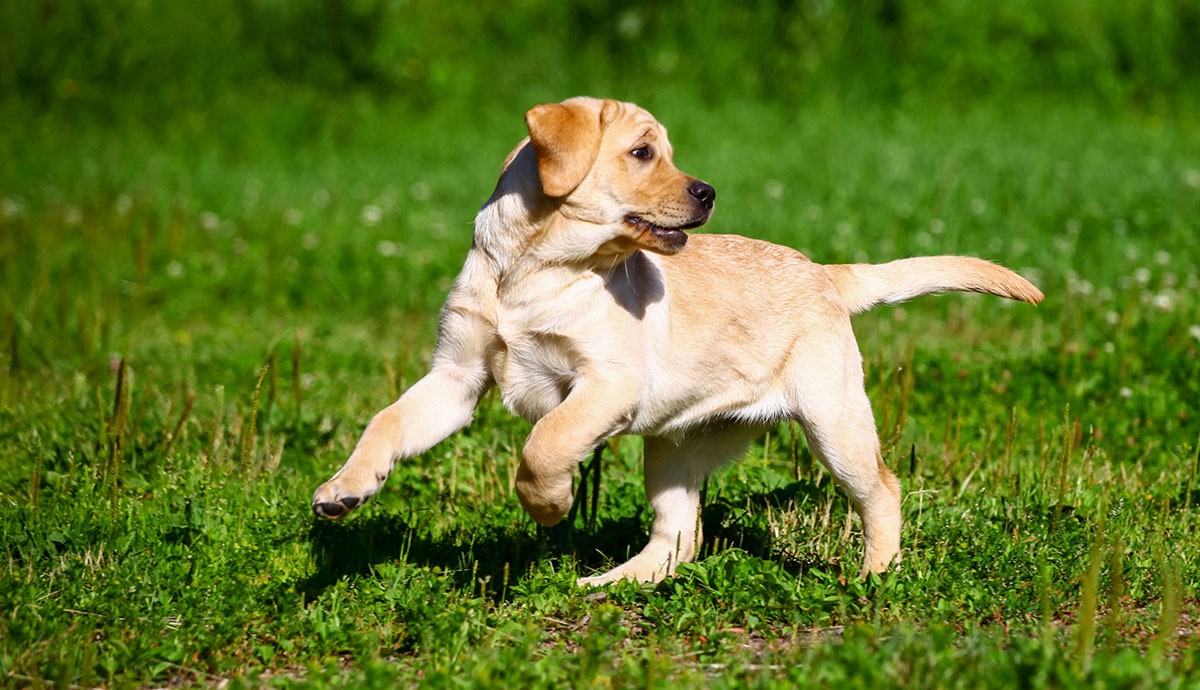
#11 Do the recall challenge test!
Recall is so important and recall outdoors can be very challenging. One thing that can really help you, is teaching your dog how to recall away from really tasty or attractive things, at home where you can control the outcome.
Try this recall challenge test
Place some tasty treats in a bowl. Little lumps of meat or cheese is fine, or you can use pieces of your dog’s kibble. Let the dog see what is in the bowl, but don’t give it to him. Now place the bowl on a raised work surface where the dog can see but not reach it. Whilst the bowl has his full attention, walk to the other side of the room and give a single recall command.
What does your dog do? Does he rush to you and then back to the bowl again? If so, perfect. Go with him to the bowl, give his a piece of the food from the bowl and congratulate yourself. Your dog has already learned to look to you for the good things in life. This is a great basis for training and teamwork.
Many dogs however, will simply be unable to tear themselves away from the bowl, and will gaze lovingly at it whilst trying to ‘wish’ the contents into their tummies. Some will bounce up and down in the hopes of defeating gravity. These dogs have not yet grasped the idea that they can get you to help them. It’s time to teach your dog that you are the provider of all good things. You can ‘capture’ or ‘shape’ this new skill.
Capturing
After giving your single recall command, you can wait the dog out. Stay where you are and wait for him to give up his futile quest for the food. You can encourage him to you with squeaky noises if you wish, but don’t repeat your recall.
When he eventually comes to you, tell him ‘GOOD’ and immediately go with him to the bowl and give him a piece of the food. Repeat the process until he is rushing to you each time you call. Give him a piece of food each time.
Shaping
If you wish, you can ‘shape’ the recall away from the food. Instead of waiting for the dog to come right to you, you can reward him for just glancing in your direction. When he is repeatedly looking at you to earn his reward, you can ask him to turn towards you, then eventually to take a step towards you, and so on. Finish up with asking for a full recall before he gets his reward.
Expanding the concept
Recalling away from a ‘nice thing’ is so important that it is worth spending some time on this useful concept. You can teach your dog to recall away from people, and even other dogs, all in the comfort of your home. It is a good idea to do this before taking these exercises outdoors. You can find many examples of these, and other recall exercises in my book Total Recall
#12 Train for distractions
Don’t assume your dog will generalize what he learns at home, to the very different situations he encounters in new locations. He won’t. Retrain all the skills your dog has learned at home, in each new environment he encounters.
Proof his recall, his loose leash walking, and other basis skills, against the presence of other dogs and people. The time spent on this stage of training is worth its weight in gold.
#13 Use a training lead
We couldn’t make a collection of modern dog training tips without including the all important training lead or line. When you first train your dog in the presence of distractions you need to prevent him helping himself to rewards – such as playing with other dogs – if he doesn’t obey you. The training lead is your friend, because it helps you prevent the dog grabbing these ‘rewards’ after being naughty. It puts you where you should be, in charge of all rewards.
The best way to do this, is to have your dog drag a training line until you are confident he has understood your commands apply when there are ‘other dogs around’ or when he is ‘on the beach’ or ‘at the dog park’. The new biothane training lines are light, tangle resistant, and easy to clean. Always attach your dogs training lead to a well made harness.
#14 Fake it till you make it
How do you teach your dog not to jump at old ladies, steal ice creams from children, or not to run off every time he sees another dog in the distance? It is not as if these things happen every single day. So how to you train for them? The answer is you need to fake it! Setting up fake training scenarios at home and in public places is a vital part of successful dog training. And it requires two things:
- A friend
- A training lead
You will need a friend, or friends to help you set up your fake scenarios. You cannot do this on your own. If your dog behaves badly when other people are around, you can use a friend to set up the kinds of situations where he goes wrong, in easy stages, so that he can learn how to cope. I will give you an example in a moment. If your dog behaves badly around other dogs, you will need a friend with a dog, so that you can practice how to behave near other dogs.
Using a training lead is a great way to prevent your dog helping himself to rewards after he has been ‘bad’. The kinds of rewards that dogs commonly take for themselves are ‘games with other dogs’, ‘running up’ to strangers and ‘jumping’ on them, joining in children’s games uninvited, chasing leaves, and so on. Anything that your dog enjoys doing can be used by him, as a reward.
An example of a fake it till you make it!
Here is an example of a fake scenario to help a dog that will not walk nicely on a lead past other dogs. You cannot attempt this until your dog will walk nicely on the lead at home and where there are no other dogs around. You will need a friend with a dog that will sit and stay calm whilst on a lead. If your friend is training her dog too, you can take turns to be ‘the distraction dog’.
If you have a large garden you can do this at home, otherwise you will need to go to an open space early in the morning or when the weather is bad, in order to avoid other people distracting your dog.
Seated distraction dog
Ask your friend to sit her dog next to her, and 20 to 30 feet away from you. This is the seated distraction dog. Now you need to behave as though the other dog is not there. And to practice lead walking up and down, well away from your friend and her dog. Do not approach them. If you are training with treats use some very tasty and special ones here.
Walk in a neat circle or square, walk up and down an imaginary line, stop and start, ask your dog to sit every now and then. Keep him focused and concentrating on you. When he is successful and only then, you can move 10 feet nearer to your friend and repeat. Gradually work your way nearer until your dog can heel in a square around and close to your friend. Now move right back to thirty feet away.
Moving distraction dog
This time, have your friend walk her own dog around in a small area 30 feet away, whilst you do the same with your dog. Each dog must focus on his own handler, and not on the other dog.
Gradually, as the dogs succeed, bring them closer together until eventually you can have one dog making a small circle inside the circle made by the larger dog. Have the two dogs moving in opposite directions so they have to walk past facing each other.
Vary the drills and keep practicing. Try walking up and down an imaginary line with you and your dog on one side, and your friend and her dog on the other. Reduce the space between the dogs until they almost brush past one another without breaking focus on their handlers.
Taking your time
Getting to this point takes time. Depending on the dogs it will take several sessions. These kinds of exercises can also be practiced in a good training class. Check out the APDT website for training sessions in your area.
Diluting distractions
You can see that the principle here is to ‘dilute’ the power of the distraction to begin with. Often diluting a distraction means moving it further away, or moving your dog further away from it. Remember, no dog is going to cope with huge distractions without this kind of preparation. You have to fake it, to make it!
#15 Film yourself
It is often impossible to spot flaws in your own performance or to figure out what you are doing wrong, without some kind of feedback or perspective. The advent of smartphone have transformed this aspect of dog training, because a great way to get this feedback and perspective is to film yourself. You can easily do this with a smart phone and a gadget for steadying it. I use a GorillaPod, which can act as a miniature tripod or be wrapped around a branch or rail.
#16 Plan for problems
This is about anticipating trouble. Because trouble WILL happen. Don’t assume you have a field or the beach to yourself just because it is early in the morning. Do assume another dog will come bowling up at any minute to interrupt you and PLAN what you are going to do when he does. Don’t go out without your ‘training lead’ or any of the rewards you need to have ready when your dog is successful. Be prepared for every eventuality!
#17 Drop your standards
“What’s that?” you say. “DROP your standards!” “Have you gone mad?”. Nope, I haven’t gone mad. Dropping standards, or lowering the demands you make on the dog during training is very important at certain times. You do it whenever you add or increase a second factor of difficulty. Here’s an example:
You want your dog to sit and stay when you walk ten yards away from him. Assuming you have already taught your dog to sit and stay AT YOUR SIDE for two minutes (some people unwittingly skip this bit) the next task is adding distance. Moving away from your dog makes the sit stay harder for him. So you need to make the duration of the task much easier to begin with – forget two minutes – make it ten seconds. Or less.
Build up duration back up at ten yards. When you increase distance again, drop the duration again. If you add a third factor of difficulty – other dogs for example – drop the duration AND the distance.
#18 Find a positive trainer
It is entirely possible to train a dog yourself without ever visiting a professional dog trainer or attending a puppy class.
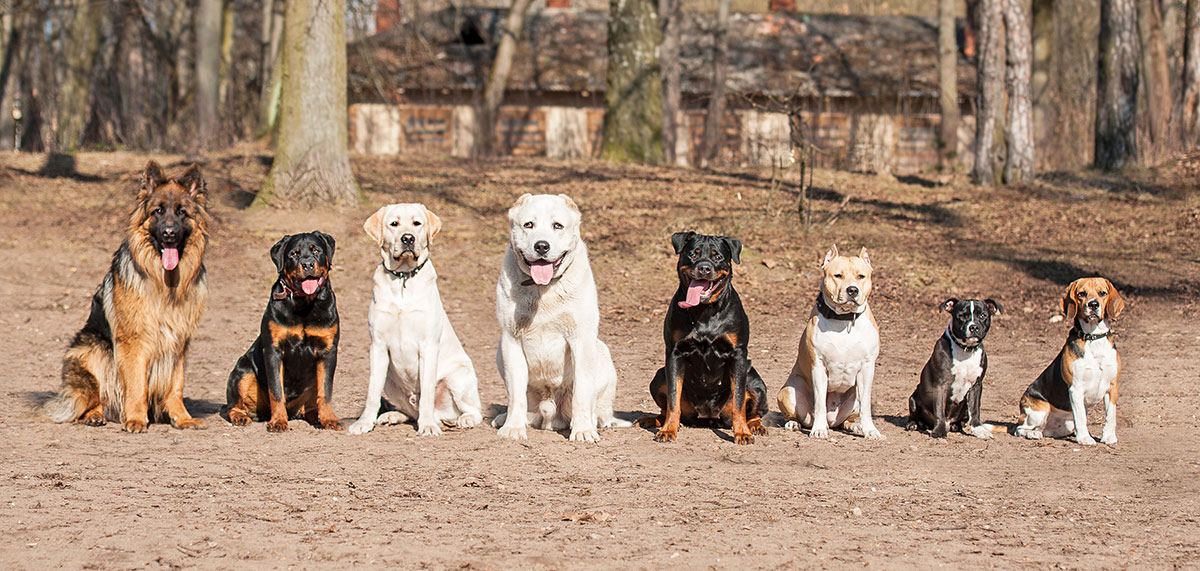
#19 Find the right information
This tip is not quite so important, because you are here, after all! There is a mountain of information on this website to help you. Of course, we are not the only source of great dog training tips and information around. So it can be useful to know when the information you have found is going to help you and your dog.
There are a few clues that you have landed on the wrong kind of page. If you are reading about the need to ‘dominate’ your dog or be the ‘pack leader’ you have probably landed on a website with outdated dog training information on it. ‘Correcting’ a dog is simply a euphemism for mild punishment, and ‘respect’ is often a euphemism for fear. Anyone states that you need to show your dog who is the boss, is probably not very knowledgeable, or has not kept up with their professional development as a dog trainer.
This kind of information is becoming less common, but you are bound to come across it from time to time.
#20 Join a support network
There are some excellent support networks online. The Labrador Site has a forum where many Labrador owners give up their time to help others with dog training and behavior issues. The Dogsnet Training Center also has a private forum for training course students where you can get help from me and my team. A listening ear and advice from others who have been where you are now can go a long way.
#21 Practice, practice, and don’t give up
Dogs only learn through the consequences of their actions and typically need to repeat those actions and experience those consequences several (sometimes many) times in order to learn from them.
Sometimes we forget that we need to practice to get good at something. If you want your dog to be good at recalling from other dogs, he needs to practice recalling away from other dogs. There’s no way around this.
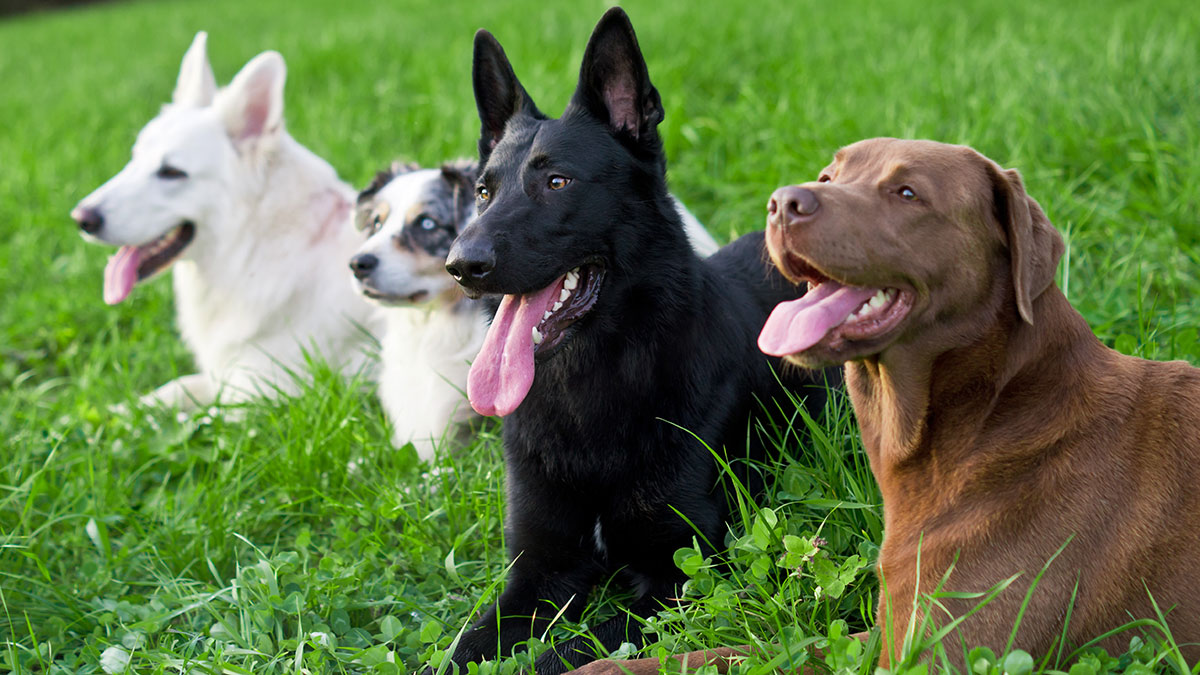
Don’t give up because it is sometimes difficult to find people to help you do this. Be persistent. This is what separates well-behaved dogs from naughty ones. Find ways to practice and pester people to help you. It’s important. Especially when it comes to recall. Your dog’s life could depend on it.
#22 Enjoy your dog training
My final tip is to take deliberate steps to ensure you are having fun. If you are not enjoying training your dog you MUST take action! This is because your dog will know and because you simply won’t stick at it if it isn’t fun. If you are not enjoying it, try something different
- Check you are using the right methods
- Try a different skill
- Teach a silly trick
- Watch a youtube training video
- Just take your dog for a walk and start training again tomorrow
- Make your lessons easier for the dog
- Train at a different time of day
- Join an online course
- Read a good training book
- Start over with puppy stuff
- Join a forum or find a trainer
Just don’t try to battle on alone. This also applies to classes – don’t keep going if it isn’t fun. Modern dog training is a pleasurable experience. There will be ups and downs, but generally speaking you and your dog should be enjoying yourselves.
If you are not, then get some help – joining the forum would be a good first step.
How about you?
Do you have any dog training tips to share with other readers? Drop your comments into the box below.
Readers Also Liked
- Punishment in Dog Training
- Labrador Retriever Training
- Labrador Recall Proofing
- Top 3 Harnesses for Labs
About Pippa
Dog Training Tips was brought to you by Pippa Mattinson.
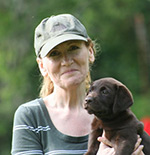
She is also the founder of the Gundog Trust and creator of the Dogsnet Online Training Program.
You can get regular training tips from Pippa by email, using the box below
[thrive_leads id=’27481′]

Free Labrador Updates!
Get my training tips, news, reviews, and the latest from The Labrador Site delivered to your inbox

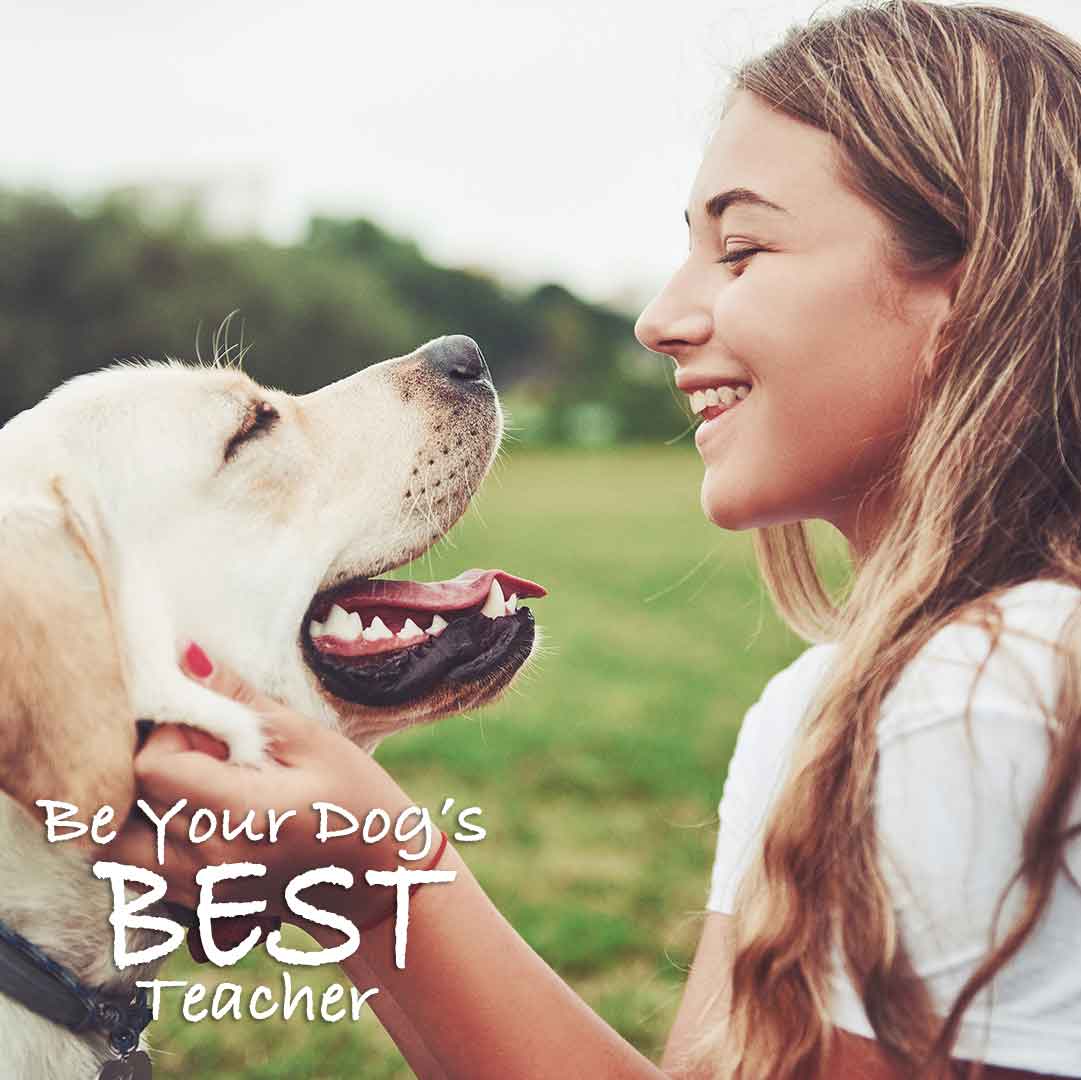
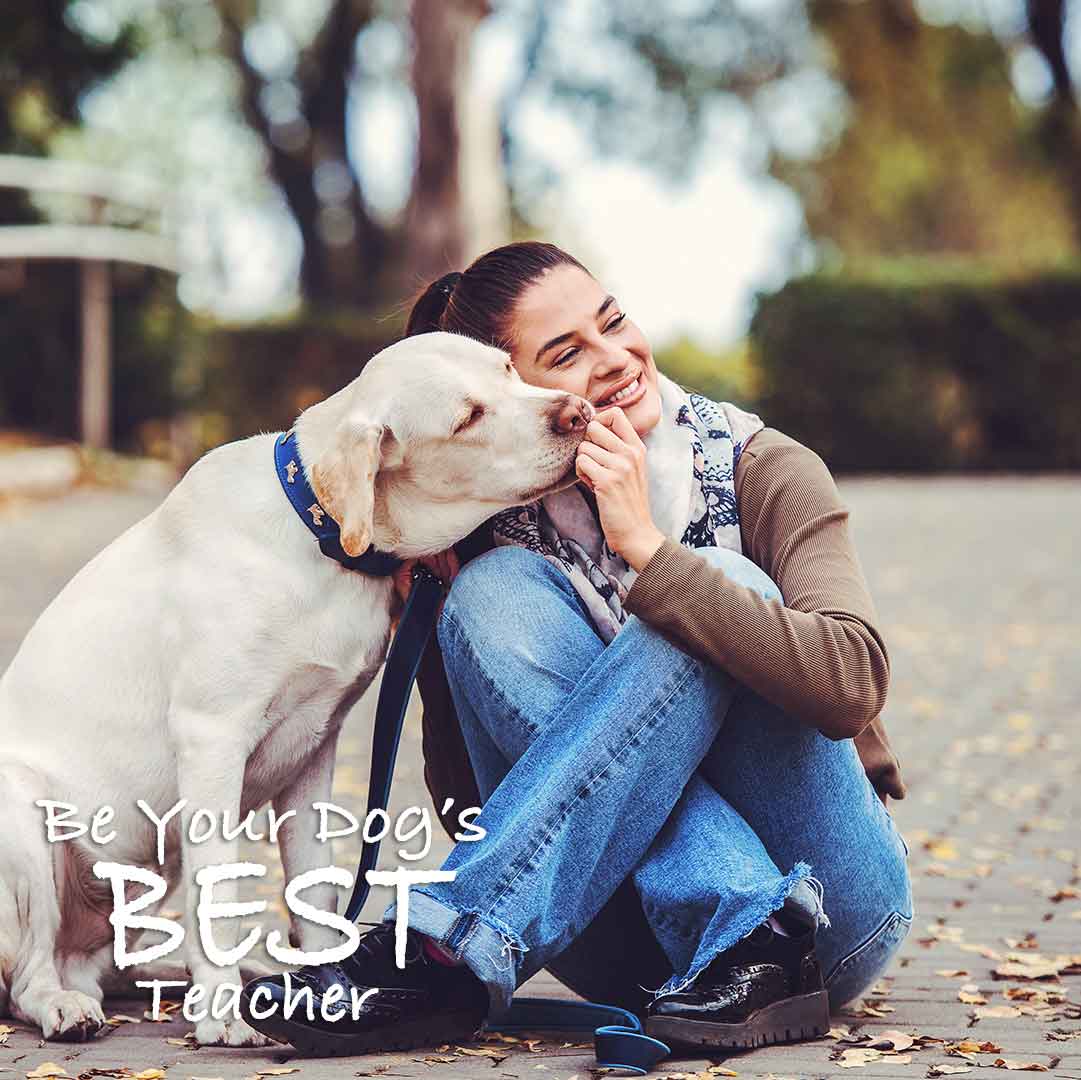

Ihiya, i find this site very helpful, there is a lite at the end of the tunnel. I lost my labour last year, she was 12yrs old. And her name was renee. So my sisters in laws had 10 labrador puppies just before Christmas. So i decided to get two brother and sister. I didnt realized how hard it was going to be. Dont get me wrong i love them loads, but they are bloody hard work. I need help as I’m on my own.
Hey there Pippa,
This was a fantastic read. The tips have been great and worked wonders for me even in as short as the last week. Me and my husband recently got our retriever Bella and she’s is just so energetic but a bit to energetic at times when we have people over.
I noticed you motioned finding a trainer but I wanted your thoughts on taking an online course as I recently came across a product: but I wasn’t sure if this would be useful to attempt.
As me and my husband have no previous experience with buying these type of products nor do we have any previous pet training experience. Just thought that you could share some wisdom on maybe wether this would be a good option and if not where I should maybe go?
Thanks in advance!
I find this site so very useful thank you!
I have been taking my lab pup to a training class but feel at the end of it that I have just dragged her around by the lead for 45 mins and neither she nor I get any pleasure out of it. The trainer does not use food as a reward instead working on the technicalities of how I am holding the lead etc. we do the same thing each time, walk, turn right 90 and 180 degrees, sit.
Away from the class I use your techniques and get a better result. I guess I have just answered my own question…….I don’t think I will go back to training class and just keep going with this site. At the training Indy is just focused on the other dogs and the kangaroo poo! The recal is the thing I struggle with. I have followed your tips and all good until she is totally distracted by roo poo of another dog and recall fails. What do you suggest I do when she does not come to the recall? She is just over 4 months old and just loves everybody and every dog!
Hi Heather, this is the training guide you need: https://www.thelabradorsite.com/train-a-puppy-or-dog-to-come/ and do join the forum for help and support along the way http://thelabradorforum.com